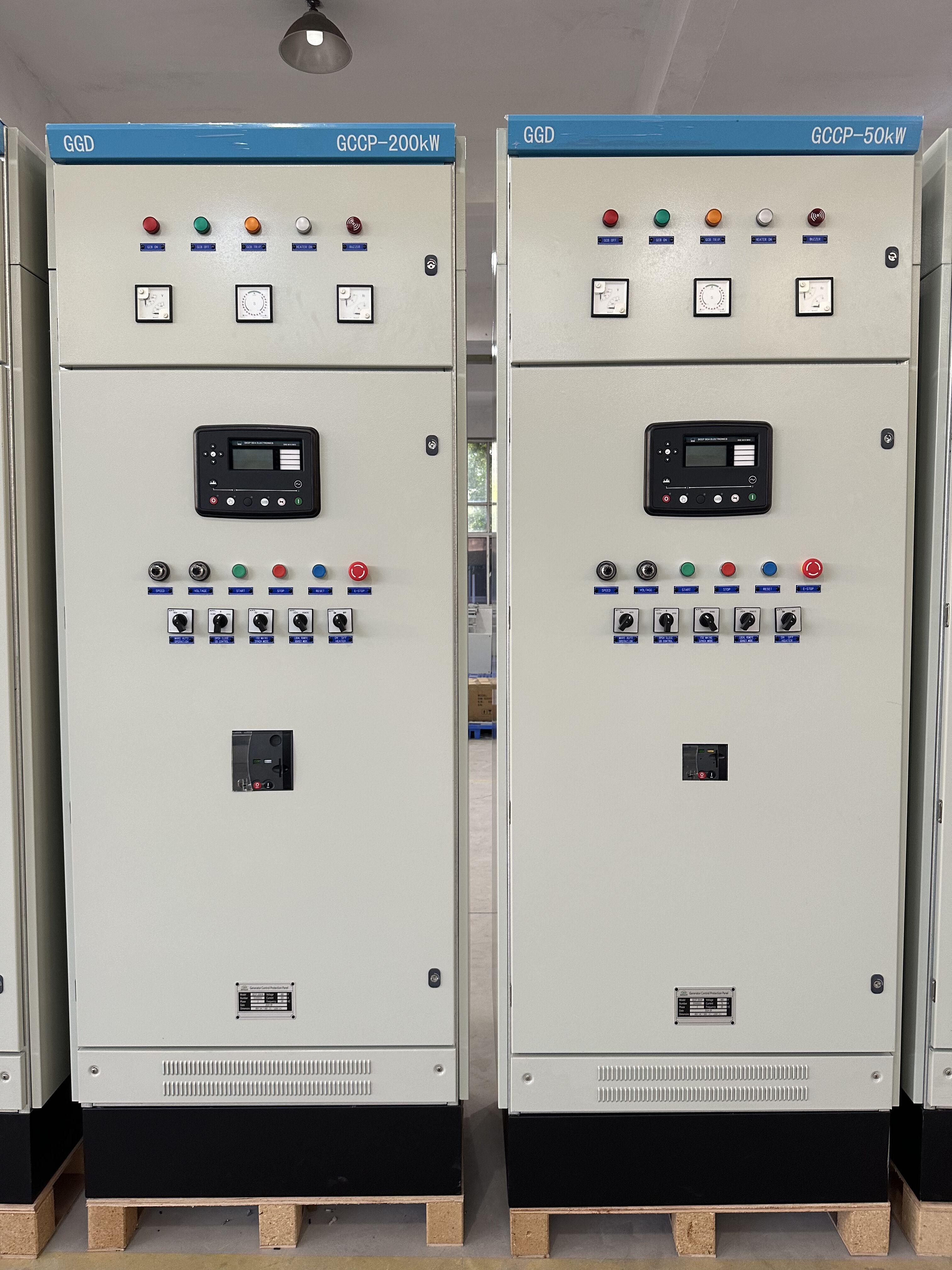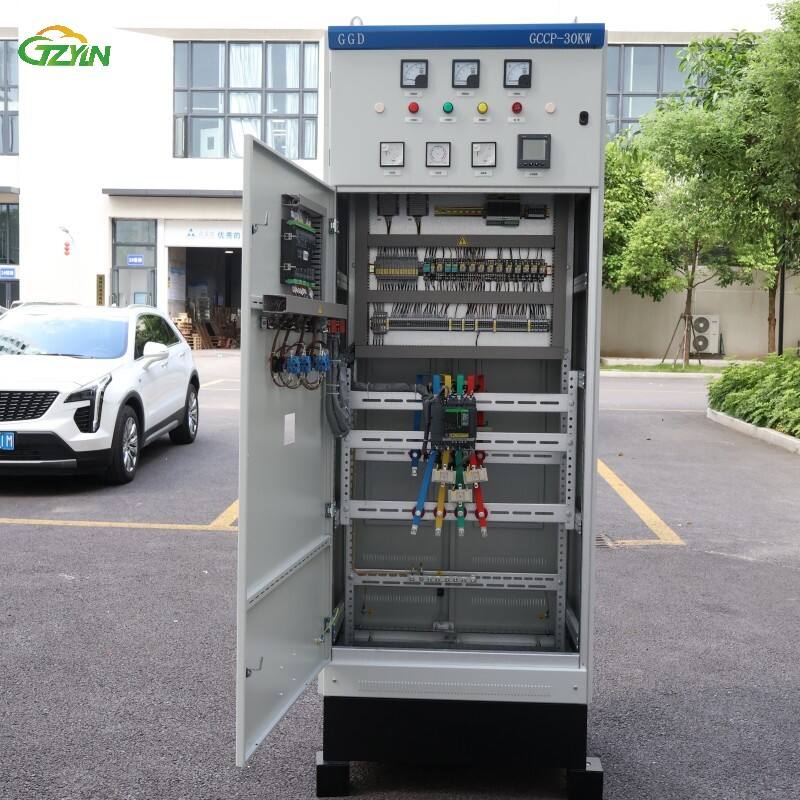Essential Maintenance Practices for Generator Synchronization Systems
Maintaining a diesel generator synchronization panel is crucial for ensuring reliable power distribution and seamless operation of backup power systems. These sophisticated control units serve as the brain of multiple generator setups, coordinating their operation to provide consistent power output. Professional maintenance not only extends the lifespan of your diesel generator synchronization panel but also prevents costly downtime and potential system failures.
A well-maintained synchronization panel ensures proper load sharing, frequency matching, and voltage regulation between multiple generators. This comprehensive guide explores the best practices, preventive measures, and expert techniques for keeping your synchronization system in optimal condition.
Core Components of Synchronization Panel Systems
Control Module Components
The heart of any diesel generator synchronization panel lies in its control modules. These sophisticated electronic components monitor and regulate various parameters including voltage, frequency, and phase angle. Regular inspection of these modules involves checking for loose connections, signs of wear, and proper calibration of measurement instruments.
Modern synchronization panels feature advanced digital controllers with LCD displays and multiple communication interfaces. These components require periodic software updates and diagnostic checks to maintain optimal performance. Maintenance technicians should document all parameter settings and maintain backup configurations for emergency restoration.
Power Distribution Elements
The power distribution section of a diesel generator synchronization panel contains critical components such as bus bars, circuit breakers, and power contactors. These elements must be regularly inspected for signs of overheating, corrosion, or mechanical wear. Thermal imaging can help identify potential hot spots before they lead to component failure.
Proper torque maintenance of all electrical connections is essential to prevent loose connections that could cause arcing or excessive heat generation. The installation of fault indicators and surge protection devices helps protect sensitive electronic components from power surges and electrical disturbances.

Preventive Maintenance Schedules
Daily Monitoring Protocols
Daily maintenance routines for diesel generator synchronization panels include visual inspections of display readings, alarm status, and operating parameters. Operators should maintain detailed logs of voltage levels, frequency measurements, and load sharing percentages. Any deviation from normal operating values must be investigated promptly.
Environmental conditions within the panel enclosure should be monitored daily, including temperature and humidity levels. Proper ventilation must be maintained to prevent overheating of electronic components. Clean air filters and cooling fans ensure adequate airflow through the panel.
Monthly Service Requirements
Monthly maintenance tasks involve more detailed inspections and testing of the diesel generator synchronization panel components. This includes checking all indicator lights, testing emergency stop functions, and verifying the operation of automatic transfer switches. Technicians should clean all accessible components using appropriate methods and materials.
Load testing should be performed monthly to ensure proper synchronization between multiple generators. This involves simulating various load conditions and verifying that the panel correctly manages power distribution and load sharing between units.
Advanced Troubleshooting Techniques
Diagnostic Procedures
Modern diesel generator synchronization panels incorporate sophisticated diagnostic capabilities. Technicians should be trained in using built-in testing features and external diagnostic tools to identify potential issues. Regular analysis of error logs and event recordings helps prevent system failures before they occur.
Advanced troubleshooting often requires specialized knowledge of communication protocols and network configurations. Maintenance personnel should maintain updated documentation of system architecture and configuration settings for quick reference during troubleshooting sessions.
Software Management
Software maintenance is crucial for diesel generator synchronization panels with digital controls. Regular firmware updates ensure optimal performance and security. System backups should be performed before any software modifications, and all changes must be thoroughly documented.
Remote monitoring capabilities should be regularly tested and maintained. This includes verifying network connections, updating security protocols, and ensuring proper operation of remote access features.
Safety Protocols and Best Practices
Personal Protection Requirements
Maintaining diesel generator synchronization panels requires strict adherence to safety protocols. Technicians must wear appropriate personal protective equipment including insulated gloves, safety glasses, and arc-flash rated clothing when working on energized equipment.
Lock-out/tag-out procedures must be followed rigorously when performing maintenance on synchronization panels. All work should be performed by qualified personnel who understand the hazards associated with high-voltage electrical systems.
Emergency Response Procedures
Comprehensive emergency response plans should be established and regularly updated. This includes procedures for handling various types of system failures, communication protocols during emergencies, and contact information for key personnel and support services.
Regular training sessions should be conducted to ensure all maintenance staff are familiar with emergency procedures. Mock emergency scenarios help identify potential gaps in response plans and provide valuable hands-on experience.
Documentation and Record Keeping
Maintenance Records Management
Proper documentation is essential for tracking the maintenance history of diesel generator synchronization panels. Detailed records should include all preventive maintenance activities, repairs, component replacements, and system modifications.
Digital maintenance management systems can help organize and track maintenance schedules, spare parts inventory, and service histories. Regular review of maintenance records helps identify patterns and predict potential issues before they cause system failures.
Compliance Documentation
Maintaining accurate records is crucial for regulatory compliance and insurance requirements. All maintenance activities should be documented according to applicable standards and regulations. Regular audits of maintenance records help ensure compliance with industry requirements.
Technical documentation including schematics, manuals, and configuration settings should be regularly updated and securely stored. Both physical and digital copies should be maintained for redundancy.
Frequently Asked Questions
How often should a diesel generator synchronization panel be inspected?
Visual inspections should be performed daily, with more comprehensive maintenance checks conducted monthly. Major servicing and testing should be scheduled annually or according to manufacturer recommendations and usage patterns.
What are common signs of synchronization panel problems?
Common indicators include unusual noises, irregular voltage readings, synchronization failures, communication errors, or frequent alarms. Any deviation from normal operating parameters should be investigated immediately by qualified technicians.
How can I extend the lifespan of my synchronization panel?
Regular maintenance, proper environmental control, prompt attention to issues, and following manufacturer guidelines are key to maximizing panel life. Additionally, using quality replacement parts and maintaining detailed service records helps ensure optimal performance and longevity.


